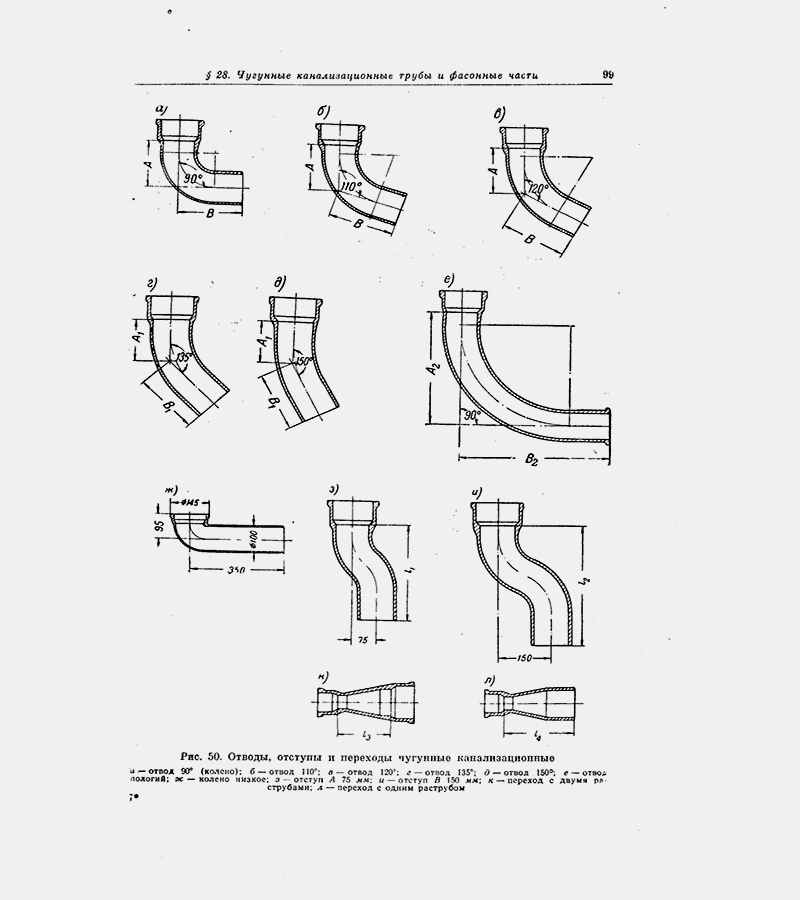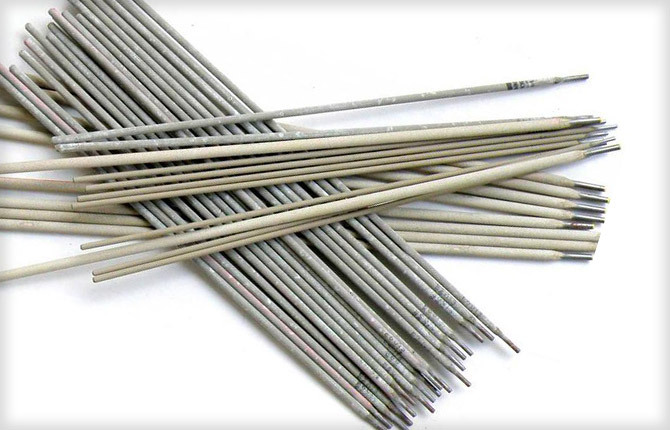Relatively recently, in the market of plumbing fittings, the main shut-off device was a traditional valve - not very reliable, with a lot of operational problems. More successful was the replacement of valve options with full bore valves with a ball element. Not all of them are equal in quality.
Production ball valves requires a new approach to the process, at least the use of modern technologies. Such shutoff valves cannot be made using semi-handicraft methods.
The content of the article:
- Why is it profitable to manufacture ball valves
-
Types of ball valves
- With different body types
- By type of media flow control
- With different flow section design
- With different connection methods
- Technology and equipment
- Technological process of ball valve production
-
Production in Russia and in the world
- ARCO
- VEXVE
- ADL
- BROEN
- Bologovsky Valve Plant
- Bugatti
- aqualink
Why is it profitable to manufacture ball valves
The demand for shut-off and control valves is only increasing. As old steel pipes and valves are being scrapped, the idea of using a ball valve on new plastic pipes is growing in popularity.
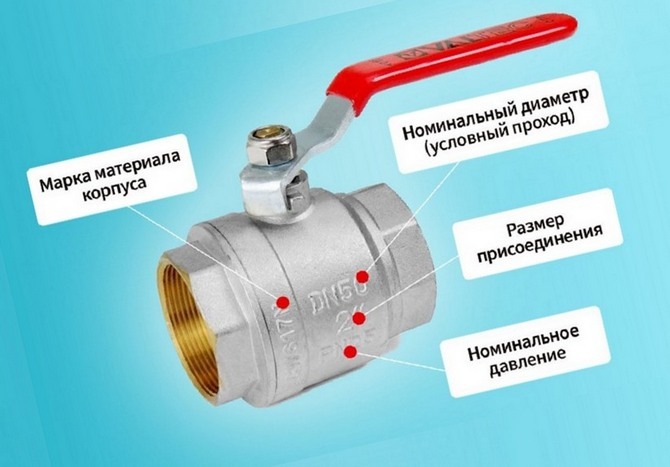
Production with the correct organization of the technological process cannot be unprofitable for two reasons:
- in a domestic water supply or heating circuit, ball valves account for at least 90% of all valves. The remaining 10% refers to a traditional valve at the entrance of a water pipe to a house or apartment;
- the manufacture of a ball valve is more technologically advanced. It does not require a large machine park and costly operations of casting steel billets.
But in this case we are talking about the production of brass ball valves. Models made of stainless steel or PPR propylene are not considered. Stainless steel gate valves are mainly used for pipelines for industrial use and in the food industry.
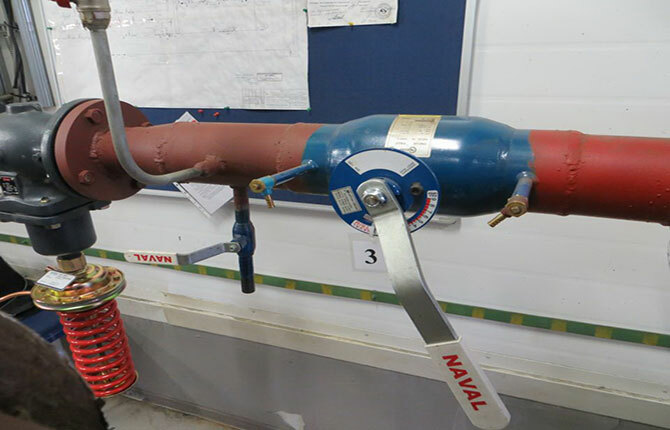
They cost more than traditional valves. A ball valve made of polypropylene is cast by enterprises producing PPR pipes. It is inexpensive, but is used exclusively on polypropylene water pipes.
The production of a brass ball valve is considered more profitable, as it is a universal product.
With a slight modification of the mounting method, it can be used on:
- polypropylene;
- steel;
- polyethylene PEX pipes;
- metal-plastic water pipes.
The ball valve has several design features that positively affect the demand and profitability of production:
- simple locking scheme. A metal ball with a hole rotating around a vertical axis practically does not create turbulence in the fluid flow, which means less loss of fluid. You can install a cheaper model with a ball element with a smaller flow area than a traditional valve;
- the small body fits well into the line of water pipes or the circuit of the heating system. There are no protruding, like a valve, long stems with massive handles;
- easy way to install. Installing a ball valve takes minutes. In order to put the simplest valve in a cast iron or bronze body, you will need couplings with spurs or an adapter with a set of gaskets for a flange connection.
Another plus is that the ball valve is easier to maintain. If high-quality materials are used in the production, then it will keep working for ten years. Valve maintenance requires periodic running-turning of the stem along the thread, opening-closing of the damper. Otherwise, the poppet valve and the threaded section of the axis stick. It is difficult to open such a valve.
Types of ball valves
Any production cannot be based on the release of one model that replaces or duplicates the old cast iron valve. Today there are at least several versions of the brass valve with a ball element, there is a demand for them, and therefore they are also included in the production plan.
A typical arrangement of a classic crane is shown in the diagram.

The basis of the product is a brass body with a central chamber, inside which there is a spherical element. The ball has a through hole, the diameter of which is a fraction of a millimeter less than the inlet.
The locking element can rotate on the stem around a vertical axis. The edges are sealed with fluoroplastic rings that fit snugly against the chrome-plated surface of the ball.
There are few details, they are all of a simple configuration, so production can be easily automated.
With different body types
Depending on the operating conditions of the ball valve, several types of body are put into production. The simplest option is with a collapsible body, mutual thread for the fitting.
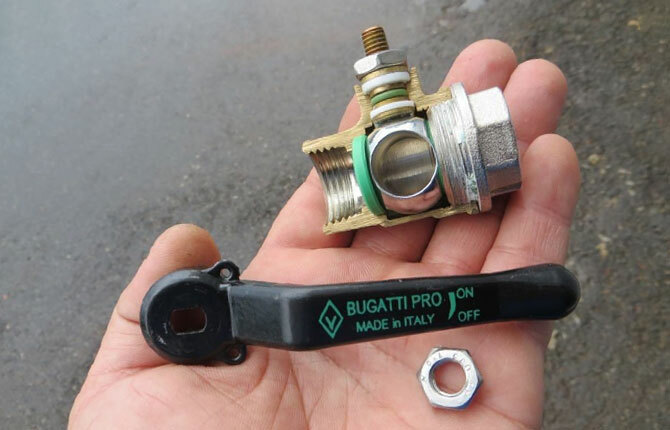
The body is made in the form of two parts, interconnected by thread. The production of such models is a little more expensive, but it is possible to change the ball element and the pressure sealing ring made of fluoroplastic.
Cheaper models are assembled by shrink fit without threads. Manufacturing can be more profitable as an automated press can be used to assemble the ball valve.
For underground utilities, a non-separable ball valve with a steel body with a protective coating is used. A feature of production is the use of welding for assembly work.
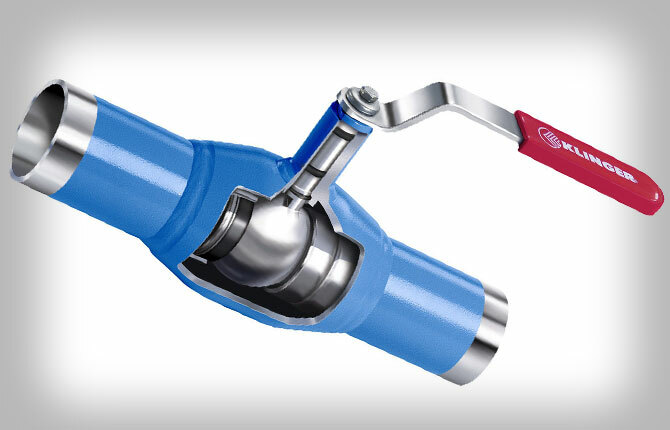
High-pressure pipelines are equipped with shut-off equipment made of steel with a cast body.
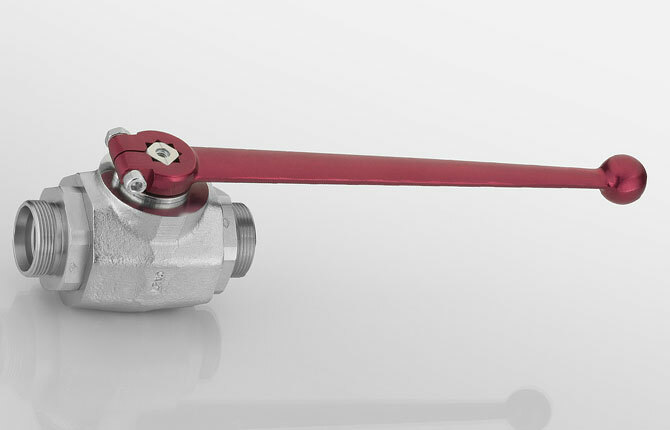
The production process of steel ball valves differs from brass models only in the materials used and the way the sphere is installed. The ball is placed inside through the hole for the stem, and instead of the latter, a conical sleeve is used. The ball seal is made of polyoxymethylene, and a nitrile rubber ring is placed on the sleeve.
A ball valve made of special steel grades is used as shutoff valves on the lines for transporting liquid food products, corrosive liquids.

Production by classical methods is hampered by the poor machinability of stainless steel. Therefore, the body is prefabricated, which allows you to repair and maintain the internal cavity of the valve, and even change the ball element.
By type of media flow control
In conventional locking equipment, the ball element can take two positions - “open” and “closed”. Intermediate options, when the valve is not fully opened, are considered off-design, and are not recommended for use for conventional models.
The ability to open the ball element not completely, but at a certain angle, is used to control the flow of a liquid medium in three-way valves.

The production of simple models from brass does not require additional equipment. For the production of products from corrosion-resistant steel, specialized metalworking machines will be needed.
Using a tap, you can switch the incoming fluid flow to one of the two outlets. Moreover, in some models it is allowed to rotate the ball element not completely, but at a certain angle.

The flow through the valve can be regulated manually or with the help of a pair of electric motor - gearbox.
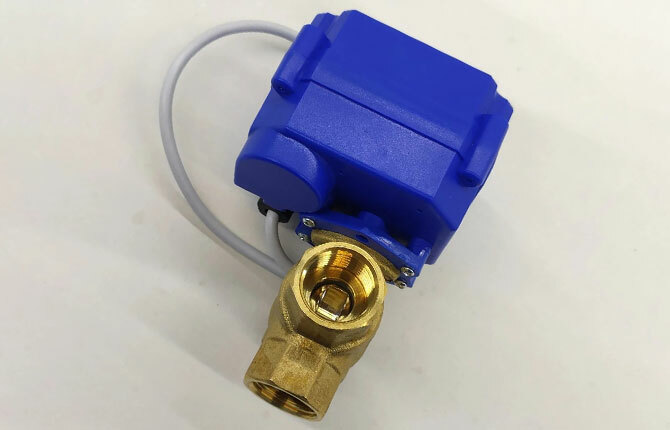
In connection with the increased popularity of heating systems such as "warm floor", the production of semi-automatic valves for regulating the temperature of the coolant in the heating circuit is actively expanding.
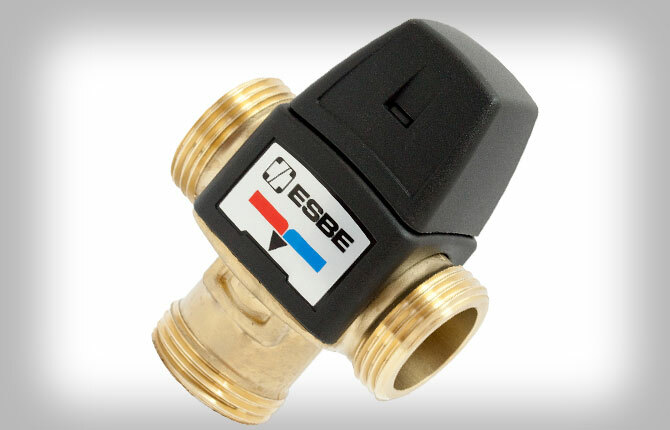
With different flow section design
The cavity inside the ball may vary in shape and size. For the production of three-way models, two types of flow section are used - “L” and “T” shapes.

In the first case, the L-cavity makes it possible to transfer the flow from one outlet to another. The T-cavity, in addition, makes it possible to work in the mode of a conventional full-flow valve.
In the process of manufacturing a ball valve for liquids with a high solids content, the leading edge of the inlet cavity is specially rounded and polished. This is done in order to avoid the deposition of contaminants and reduce metal wear.
With different connection methods
Cases also differ in the way they are attached to pipes and pipeline fittings. The input-output can be made with an internal or external pipe thread under clutch.
For polyethylene PEX pipes, one or both inlets are made in the form of a fitting for pressure testing of polyethylene with a sleeve.
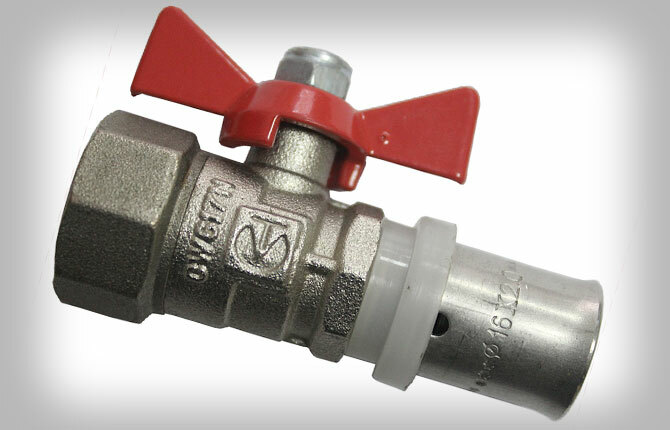
For the production of valves for metal-plastic pipes, the central block of the body of the standard model for threading is used. The inlet and outlet are screwed into the body, while they have a fitting and a threaded section for a compression nut.
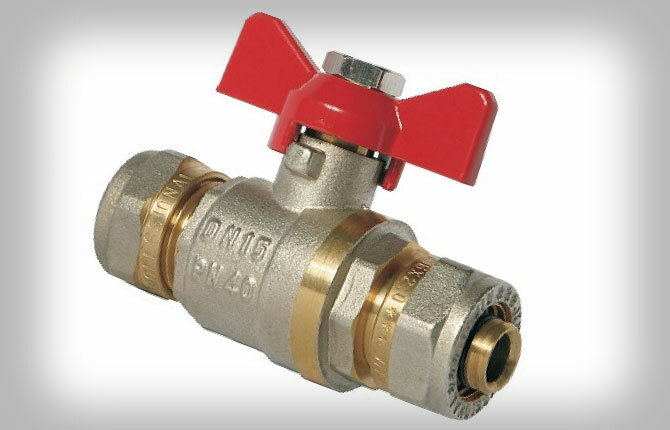
This approach to the organization of the production of ball valves makes it possible to make some of the parts universal, and ultimately reduce manufacturing costs.
Technology and equipment
In order to start production, you will need:
- press with a set of stamps. Under each ball valve you need at least two sets of punch and hot stamping dies;
- installation for the preparation of brass powder to remove contaminants from the surface of microparticles. Often this equipment is abandoned, which reduces production costs, but greatly reduces the quality of the workpiece after pressing;
- CNC machine for drilling, turning and threading;
- galvanic plant for nickel deposition;
- an assembly press for crimping seals, a stem, landing a ball element into a valve body.
For small batch production you will need:
- fluoroplastic rings;
- rubber seal on the stem;
- glue;
- rotary handles of several types;
- nuts.
All of the above is cheaper to buy ready-made than to set up production on your own.
You will also have to buy stamps for hot pressing. The manufacture of such a tool requires sophisticated equipment and additional controls, so it is better to order them at a specialized machine-building enterprise.
If, according to the business plan, it is planned to produce the entire range of brass valves and fittings, then at least it will be necessary to purchase compression nuts, crackers, sleeves for all types of pipes.
Technological process of ball valve production
Manufacturing begins with heating the die and brass powder. Production by hot stamping will cost a little more than non-ferrous casting, but with a guarantee that there are no casting defects and shells. Forging bodies at a low temperature, as is done in the production of cheap Zamak mixers, does not make sense due to low quality.
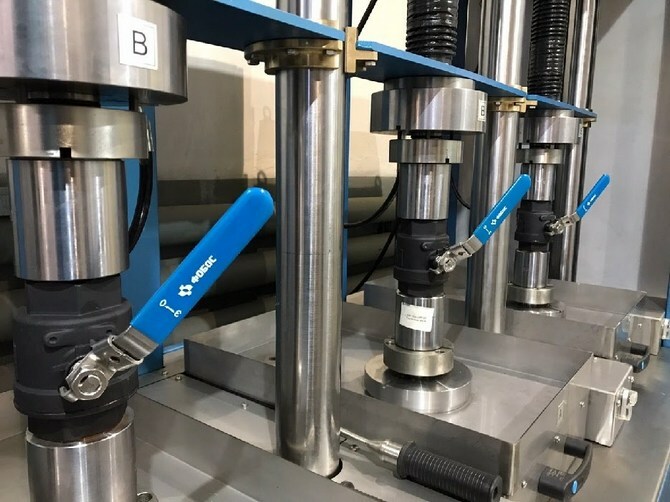
After the body comes out of the die, it is cooled and cleaned of grease residues. Next, degreasing and applying a nickel layer in a galvanic bath are performed. A hole for the stem is cut out on a CNC machine, a thread is cut, and mounting grooves are machined for housing fluoroplastic seals.
The ball is bought ready. Inside it, a cavity of a certain shape is bored, polished and (if necessary) chrome plated. The stem is made in a similar manner.
The assembly is carried out on the press. Glue is applied and a pressure fluoroplastic ring is pressed inside the tap from the side of the liquid inlet. Next, a ball is inserted, a rod is pressed in, and a body nut with a second PTFE ring is screwed on.
At the end of the assembly, a rubber seal is put on the stem, a clamping nut is wrapped, and a handle is placed. The ball valve is tested under pressure, and if there are no comments, the production process is considered completed.
Production in Russia and in the world
Despite the fact that the production technology has been sufficiently developed in practice, the ball valve from different manufacturers differs in quality, durability, and often in appearance. Let's take a closer look at the products of various domestic manufacturers and create our own rating.
ARCO
Well-known manufacturer of pipe fittings. Products are manufactured in Spain and Tunisia. The Spanish ball valve is identical in quality to that produced by the branch.

What we pay attention to when choosing an ARCO ball valve:
- good quality of the brass body, the degree of porosity is identical to the casting. During the production process, the blank for the ball valve is additionally subjected to thermostatic control. Brass is the same - CW617N / CW614N;
- Teflon ring inserts are very flexible, so the valve can easily withstand pressures up to 15 bar, in the test - all 50 bar.
The production technology includes the operation of two-stage polishing and finishing of the steel ball. After drilling, the ball element is checked for runout while mounted on the stem, after which the surface is chrome-plated and polished.
Positive aspects - excellent quality of all parts, smooth opening - closing without scoring or "sticking".
The negative side is the high price, a real ball valve from ARKO should cost at least 3 euros. The second disadvantage is that the product is often dismantled in commercial warehouses, replacing the ball element with a Chinese steel ball.
VEXVE
The company is located in Finland and is engaged in the design and manufacture of all-welded full bore crane valves. This means that the ball structure is located inside the housing without detachable connections.
Gate valves are mainly designed for use with high pressure product pipelines - up to 40 bar. In the production of the ball valve, alloy steels are used, the body is grade P235GH, the ball and stem are X5CrNi1810.
| Model | Parameters |
| Accession | Welded |
| Nominal diameters | DN10-600 |
| flow temperature | from -30 OFrom to +200 OWITH |
| Pressure, bar | 25 |
| Node materials | |
| Frame | Steel St.37.0/37.8 |
| Ball | AISI304 |
| Stock | AISI303 |
| seal rings | PTFE+C |
| Pen | Steel galvanized |
| Seal under stem bushing | Teflon |
The durability and tightness of the ball seal is ensured by two Belleville springs pressing the PTEF+C O-rings against the ball surface.
Installation is carried out using welding equipment only on steel pipes. Since 2014, VEXVE OY (Finland) has been selling its own products under the VEXVE and NAVAL brands. The VEXVE ball valve is designed for use in industrial production, mainly in petrochemical product pipelines, so the cost is quite high. For example, the smallest model with a bore diameter of 15 mm costs from $50.
In general, the quality of valves is high.
ADL
The Russian company "ADL" specializes in the production of shut-off equipment for product pipelines of any type - from domestic networks to industrial pipelines. The volume of production is large. The production of the main part of the products is provided by automated lines.
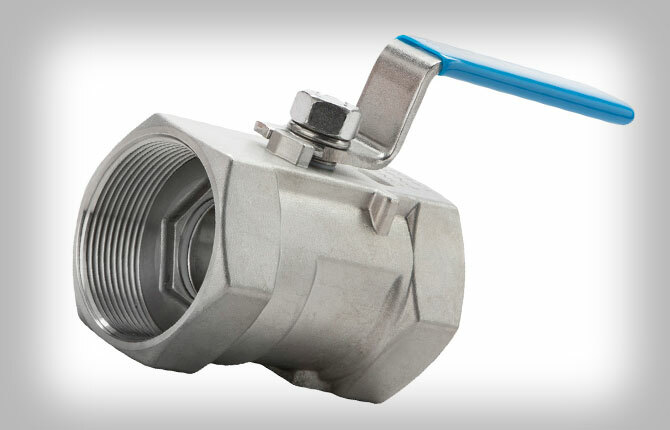
Brass ball valves for household plumbing are known under the brand "Boston", "Chicago". Steel shut-off valves are sold under the brand name "Bival" and "ADL".
The cost of products is about half lower than their Finnish and Spanish counterparts, the quality corresponds to the price bar. A standard ½” Boston brass faucet with an American and a butterfly handle is sold from $2.50.
BROEN
The main production of the company is located in Denmark, there are branches in the Russian Federation, the Moscow region, and more than fifty countries. It specializes mainly in steel valves, but there are also series of conventional brass full-flow models. Produced under the brand name Ballomax.
The quality of products largely depends on the location of production. European products are 100% tested and tested according to a complex sampling algorithm. Therefore, the quality is quite high.
Bologovsky Valve Plant
Produced several ball valves of the same type made of brass and steel. Until the last moment, production was stable, the quality was average. Bologovsky brass taps-couplings were distinguished by a solid body with a good margin for the thickness of the material in the threaded section. In this place, cheap products have a crack after a year or two of operation.
A couple of years ago, brass fittings were in strong demand, since the price of gate valves and fittings was even lower than Chinese products. Recently, products are much less common on the market, there are many handicraft fakes, and the selling price for the original has more than doubled.
Bugatti
One of the most popular brands of ball valves. Produced by the company of the same name in Italy. The main emphasis in the organization of production is on the high quality of the brass case and a long service life. A standard Bugatti ball valve can withstand up to 20,000 hours. opening-closing.
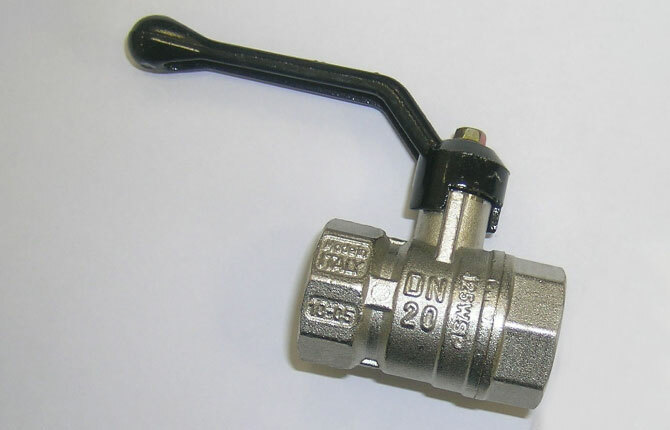
The body is always white nickel plated. Pure brass can only be used for non-standard fittings. The price of a Bugatti ball valve is 1.5-2 times higher than the average, so brand products are actively counterfeited.
How to distinguish the original Italian product:
- marking on the body with the letter V in a rhombus, the size of the thread must be indicated, the inscription "Made in Italy";
- high quality surface of the ball element. A transparent silicone grease of a consistent type is laid inside the case;
- on the stem, the clamping nut of the original form is used.
For a batch of cranes, a quality certificate and a passport for the product are always issued. But the most reliable protective element is the high quality of the surface of the case - there are no flaws, stripes, bumps, spots.
aqualink
Russian-made cranes are distinguished by their relatively small size and increased weight. This suggests that the density and impermeability brass body much higher than most competitors.
The quality of the ball valve is noticeably higher than its Chinese counterparts, but “Bow” type models are bought mainly for heating and water supply systems with low internal pressure. Exceeding more than 5 bar reduces the resource of PTFE liners. The ball bearing erases Teflon in a couple of months.
The advantage of the brand is the relatively low price of the product.
Rating of the best domestic manufacturers of ball valves from the site sovet-ingenera.com:
ARCO
1
VEXVE
0
BROEN
0
Bologovsky Valve Plant
0
Bugatti
0
aqualink
0
ADL
-1
The production of ball valves quickly pays for itself, as the demand for quality products is growing. There have always been enough problems with choosing a good faucet, even if it is from well-known manufacturers. Therefore, before buying, it is worthwhile to carefully study the models, their features.
Test ball valves from Bugatti, Oventrop and LD: video.
Share your experience in choosing ball valves, information about the production of valve fittings in the comments. How to choose a quality model of the original production? Bookmark this article so you don't lose any useful information.
